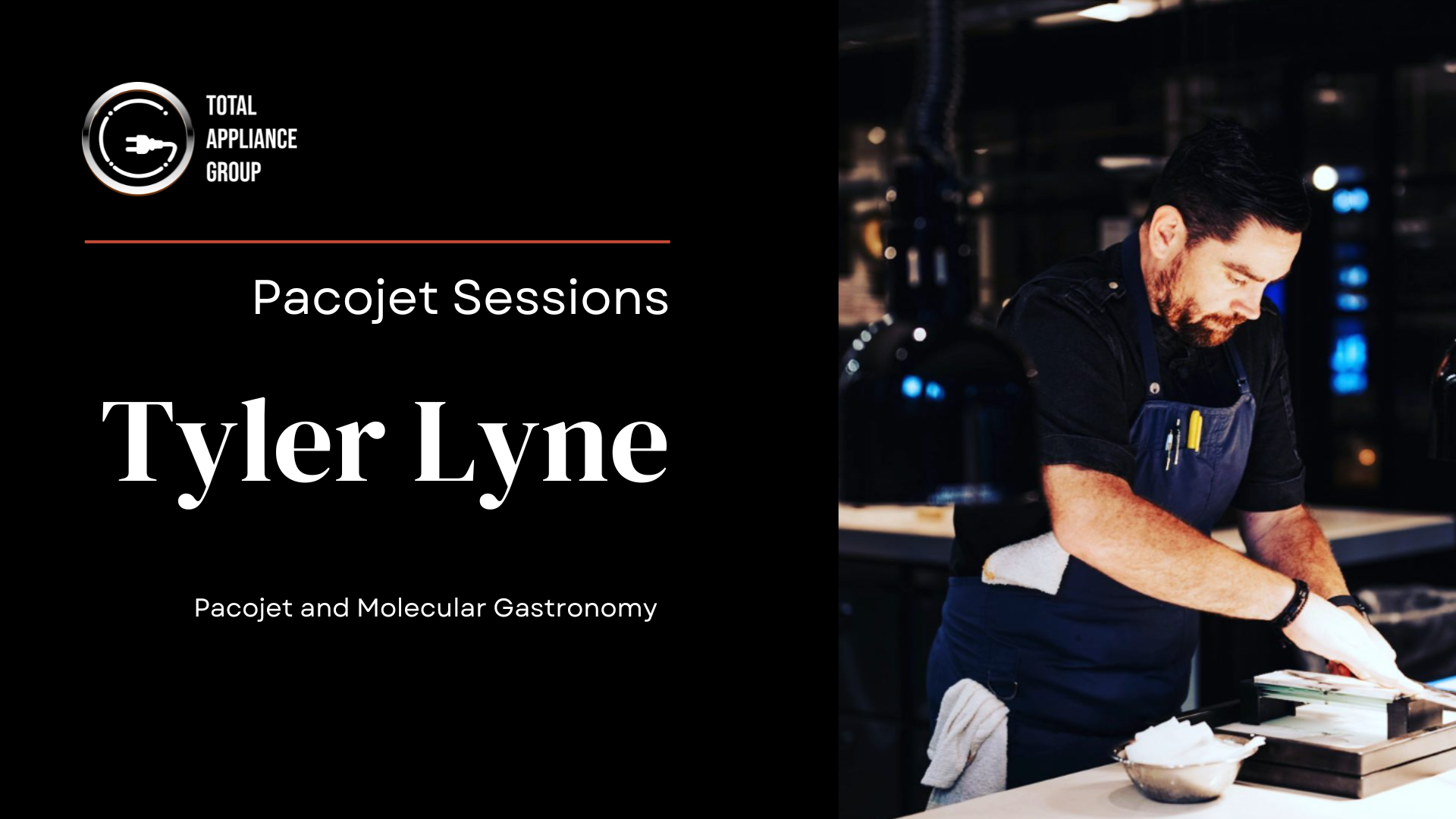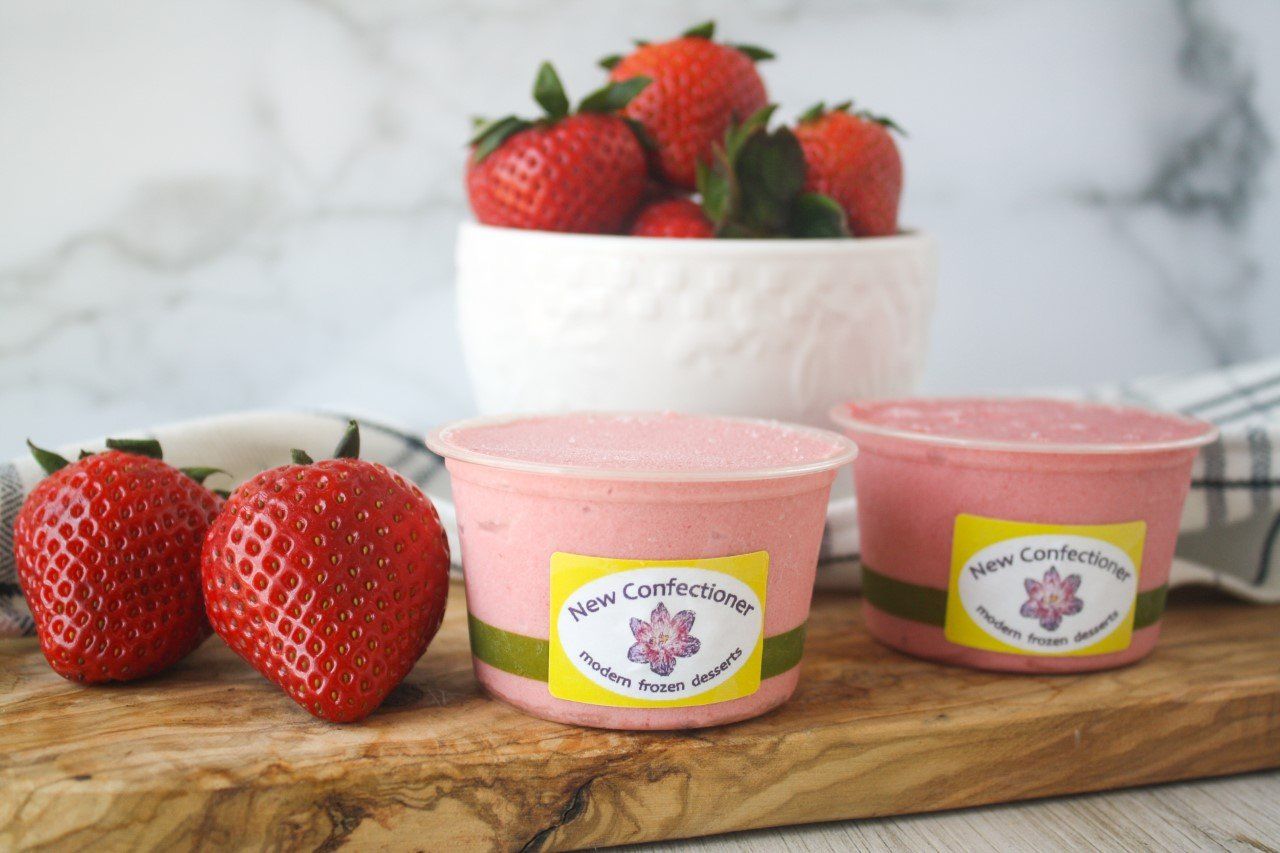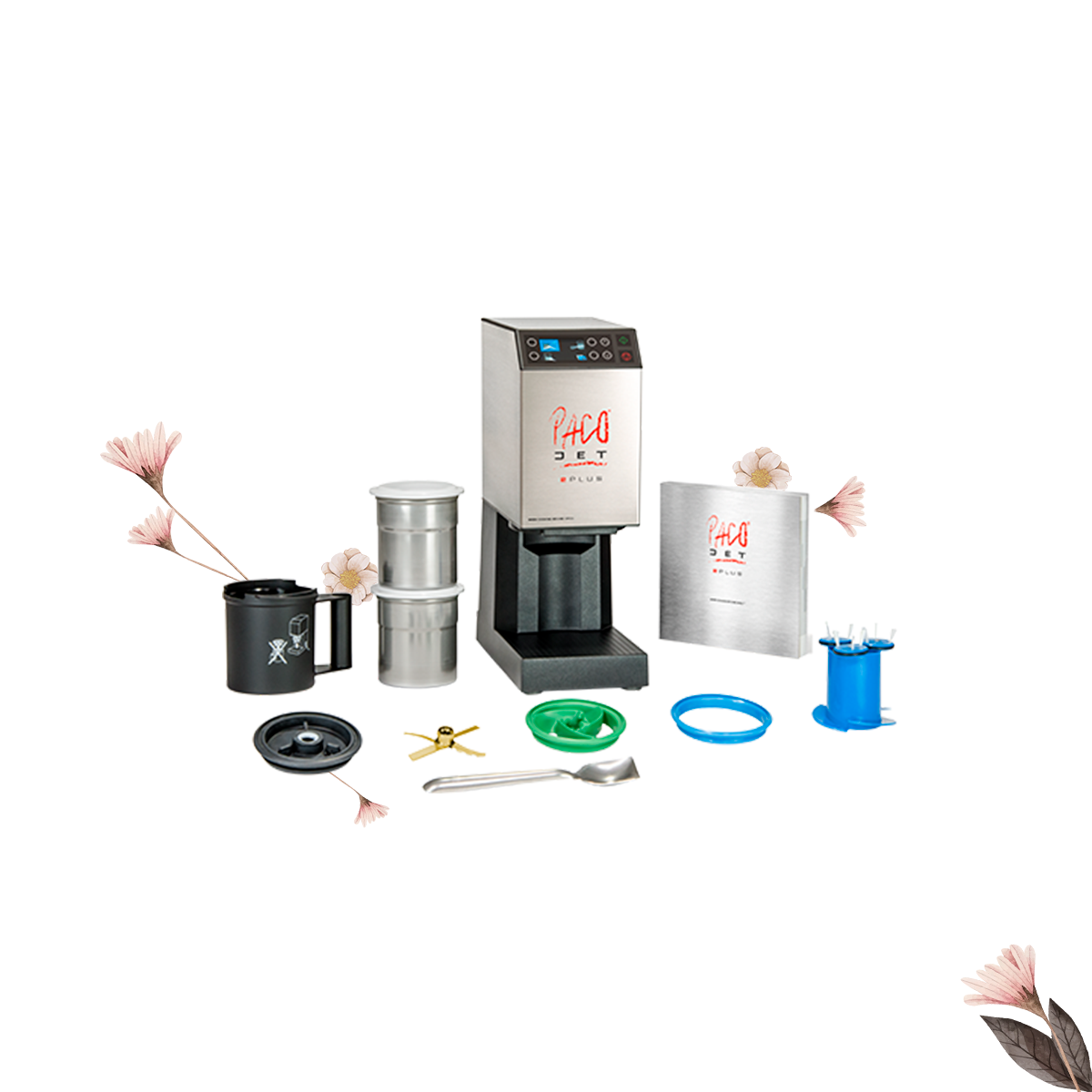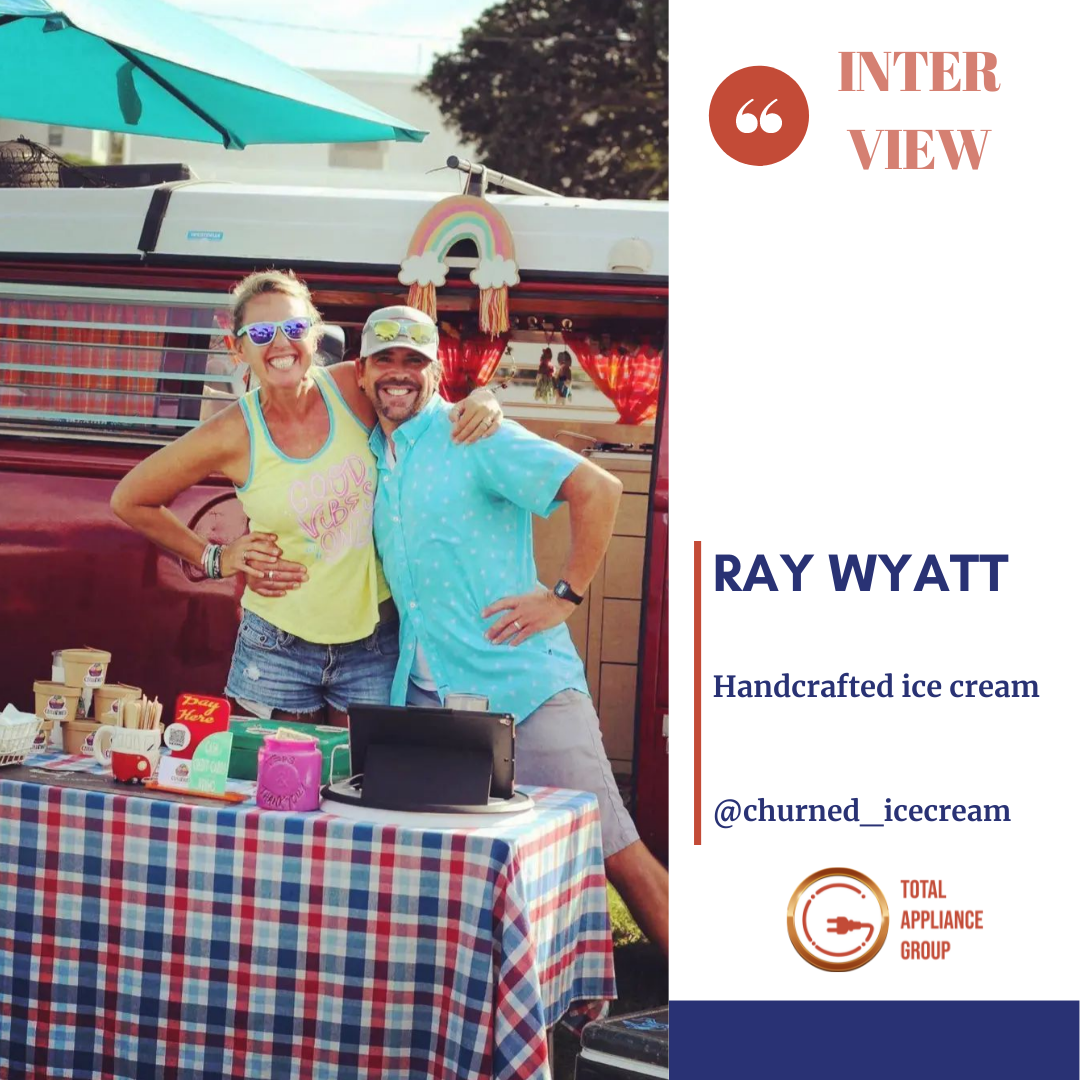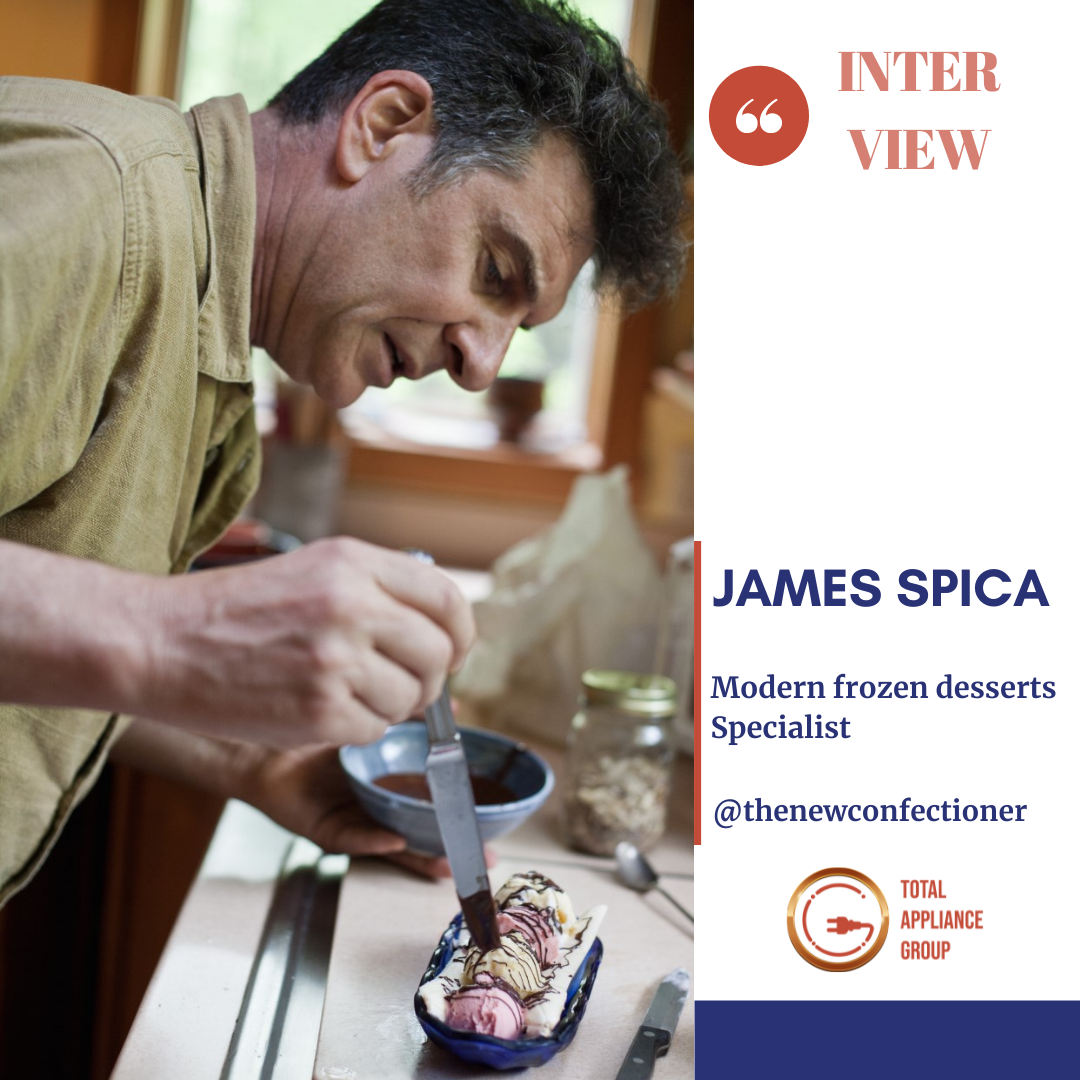Tell me a little bit about your career, how did you become a chef?
Tyler: My name is Tyler Lyne, I currently in Birmingham, Alabama. We are building a restaurant down here right now. I moved here from New York City, so we’re spending nearly 2 decades in New York City. I’m originally from Texas.
I became a chef, kinda slowly, I never really decided like: “Today I’m going to wake up and be a chef”.
Well, I mean, in Texas and most cultures, food revolves a lot of social gathering, so I quickly learned that the guy who knew how to cook was invited to all the parties. And that was sort of the hook.
I guess I was kinda good at it, and then I decided to go to culinary school, which is where I went to, you know the Culinary School of America in New York and from there it was just kind of a natural progression, like go living in New York.
And I started to work in “Shea Gallante”, that was a one Michelin star restaurant, from there I started working at “Bouley” with David Bouley, I was there for a few years. I left Bouley and then worked for “Daily Chain” at the Momofuku Ko. Those were both 2 Michelin stars restaurants.
From my first day of cooking in New York to the last say cooking in New York, I was proud that the one common machine that we had was a Pacojet. It can do so much.
Would you please tell us a little more about Molecular Gastronomy?
Well, at the time, I would say 2006, this whole Molecular Gastronomy thing was just kind of a break through the mainstream and there weren’t a lot of cook books written about it. There weren’t a lot of information about it.
It was kind of the secrets held by a couple of Shamans of the religion of cooking. And you hat or go figure it out through yourself or get in touch with one of those high priests of Molecular Gastronomy that kinda show you how to do it.
I realize coming out of culinary school that I wasn’t going to go into a restaurant and have my star shining bright. Because those cooks were good, everybody was really good.
So my strategy was, what I can do is out learn these guys. So I bought every book I could imagine, I got books in different languages, books that nobody ever heard of, books that were meant for scientists.
Any book that I knew no one else have, gave me advantage. I now have the information they don’t have access to. I took classes from Alex and Akie Talbot from Ideas in Food. It’s kind of where I first learn how to use a Pacojet.
I didn’t sleep much, because I was trying to download as much information, as quickly as I possibly could. So that way When I went into my job, I would come in armed and ready.
And it worked very well, I became the guy that people came to ask questions on how to do something. I became the guy who the chef would lean on, because he knew any of these chefs knew any of this stuff.
And that gave me a lot of great experience in terms of how to develop, how to manipulate these things. Once you know the rules, you can bend the food reality to your will.
But if you don’t know the rules, then it can be very frustrating, and it was very frustrating for me for many, many years. It took me some time, but eventually, I figured out how to achieve the results I desired.
How did you find out about Pacojet?
I discovered Pacojet when I was studying molecular Gastronomy. It’s a really stupid problem, but one of the biggest problems that you have, specially when you’re doing R&D (research an development).
Typically, to blend a set gel into a liquid form, you need to make a sufficient volume and use a blender. One of the issues, is that the blenders were too powerful, and the blades were too big, the blender was too big.
And so the Pacojet is great because you can just set the gel no matter what volume, you can fill just the bottom of the beaker. You hit a cycle and the blade will travel through the material and come back up. That’s the easiest way to make Gels.
I saw Alex Talbot do that one time, and I was like, yeah it’s brilliant, really smart, and clean. The Gel was beautiful and perfect, and no granularity to it, It was a game changer.
Can you use Pacojet for Molecular Gastronomy?
Well, I think that “Molecular Gastronomy” is sort of a bad name for it, because it sounds fancy like alchemy, and it’s not like that.
People get a minds eye idea of what molecular gastronomy is, but when you think about it and it’s core, it’s the same type of cooking as any other type of cooking.
So when you talk about Molecular Gastronomy, you cannot not talk about Hydrocolloids.
And when we talk about Hydrocolloids, we conveniently leave out a lot of Hydrocolloids that are in the category. For example: if you want to use methyl cellulose or a Gellan gum a Low acyl, gellan or a high acyl, a Carrageenan. Those are all great.
But flour, old school flour, is a Hydrocolloid too, and it works the same way as all the other hydrocolloids, you use flour all the time.
So if these hydrocolloids do the same things that flour does, and have the same properties as flour. Then why don’t we call it flour cooking in molecular gastronomy? It’s the same thing.
But when you learn something, you can’t unlearn it, right? You have that forever. And now, in my going, I still using it just as heavily as I always have.
But now I start to think about how can I not use it? And then how can I, if I do use it - now I know it’s the best possible answer to a problem - and then when they get that plate, how can make people don’t even know what’s there? I think that’s cool.
Using science to make better food, you can achieve incredibly cool and innovative results in the pursuit of improvement.
What is your favorite recipe of Molecular Gastronomy to do with Pacojet?
Honestly, it’s probably the most non-cool thing that a Pacojet does, but I would say that one of my favorite things to do with it, is to make Mousselini, mouses out of protein, so: chicken, shrimp, scallops, whatever may be, using the coupe set.
So you wouldn’t freeze and use the then blade that comes with the machine. This is totally used unfrozen, so you just load with all of your ingredients and then put the four blade coupe on there, and you just process it. It’s just perfect, it makes it very easy.
To be honest with you, that’s probably my favorite thing to do with Pacojet. Obviously the ice creams, the snows, the powders are really cool. I love being able to make nut pastes, pistachio pastes, mouses, etc.
You know, this raw things that are simple but just being able to have that ability on your kitchen is pretty game changing, I think.
Once you got your Pacojet did you find it easy to use?
Yes, obviously I just bought a new one which is a Pacojet 2 Plus, you know it just took me 15 minutes of reading the manual and I just kind of understanding their legend of little pictures, you know: decreased air, the repeat function, etc.
I mean, it was just about a 10 minutes download of getting to know the new interface, and now I really like it!
I actually asked for the old interface, and Scott told me to get the new one. So I got the new one, and I’m happy with it, it’s great!
Besides Molecular Gastronomy, what other kinds of recipes you have produced with Pacojet?
Well, one of the things I do is: I set my sorbet, You know, in catering, when you’re doing a large event they don’t do ice cream. So catering stay away of it, they are scared of it.
It’s hard to move, it’s hard to hold, it’s hard to plate.
So one of the things we do with our sorbet basis is that we put gellan. A low acyl gellan in our ice creams sorbet base. This is an idea from restaurant Blumenthal from the Fat duck in England.
Gellan is a highly irreversible gel, meaning that once you add it to your base and spin the ice cream, you can then quenelle the ice cream and place it on a plate. Even if the ice cream completely melts, it will still maintain the shape of the quenelle.
That's one of the things we do to give us more time to build up a plate with ice cream, and not have that melt all over the plate. I would say it’s probably the most common thing that we do for the Pacojet.
We mainly use it for ice creams and sorbets, and I would say 90% is use for pastry production and about 10% in a culinary capacity.
But for ice creams, we prefer to keep it extremely cold, around -30°C, and then we spin it without incorporating air. I rarely use the air plus function because I want the ice cream to be dense, almost chewable, and exceptionally smooth.
The only thing I know that would give you that texture is liquid Nitrogen. So I love the Ice cream the Pacojet makes!
So you have a coupe set, what do you use it for in your business?
The coupe set is primarily used for proteins, such as Tartars. Instead of manually preparing them, I simply place the beef in the Pacojet, use the 2-blade coupe, process it, and it comes out as beautifully minced meat.
Additionally, mousseline and mousses are also commonly prepared using the coupe set. That's mainly what I use it for. It eliminates the need for freezing, saving you time and effort.
I’ve been making mousses in Pacojets for many years, but in the old days I didn’t have a coupe set. So we need to pack a protein and maybe chop some scallops in there, add some cream, salt, and you had to freeze it, and wait for that freeze cycle and then process it.
It was really hard on the machine too, I’ve burned a couple of models doing it, and I also striped out a couple of sprockets with it.
That’s why I like their new design where you have to twist the blade on cause it kinda holds the blade on to prevent that striping of the tread. But the coupe set, which is very sharp, and not having to freeze, so you can speed up the process.
It’s kind of a game change in my world, it’s really nice!
From zero to ten, how would you rate the productivity gains that were brought by Pacojet? How do you think it optimizes your business?
People think that a Pacojet is expensive, and what is it? You get it all, you get the machine and all the accessories, the coupe set, twenty beakers to get you started and let’s say you had 8 thousand dollars.
It’s actually pretty cheap!
If you want to buy a traditional ice cream maker, that you have to put the liquid in the top, turn it, then extract the ice cream and then freeze it, those machines can be 15 to 25 thousand dollars. And it does just one thing. And I would say it makes almost, maybe even inferior ice cream.
Because those machines are massive, requiring a large amount of space and a big power plug, they are very expensive. However, the Pacojet is compact in size and can process the same amount, if not more, with even better quality than a traditional ice cream making machine.
Considering the limited square footage of kitchen space, the Pacojet's small size and its versatility in performing various tasks... I would give it a 10!
What makes the Pacojet so special for your business?
I would just say it’s size, it’s small enough to transport.
Let’s say we go to Brazil to do a guess chef dinner, we have to have this Pacojet. We could easily load this thing in a suitcase, put it on a plane and take it with us.
And that’s a big deal because it’s almost like you can bring your capabilities with you. It’s almost travel size. That’s a really cool innovation. I like that, I like that a lot! First time I was like, yeah, that’s pretty awesome.
What would you say to someone who doesn't have a Pacojet yet?
As not just as an accessory for lux to have, but absolutely a power house, a must-have.
Let’s say you wanna o butter, you can make your own flavored butters.
My dumb brain is the limit in factor.
Would you like to mention something else special?
Yes we are getting ready to open up a restaurant it’s called Frenchy, it’s going to be a French restaurant, it’s going to be cool.
And was a very famous chef in New York named Gray Kunz, and he passed away in 2020 and anybody in New York now, chef wise, worked for this guy at some point, he is like a culinary legend.
His restaurant closed down and while we were planing our restaurant, I just happen to ask our kitchen design firm: what happened to that Molteni’s cooking range that there was in Café Gray?
And they found it, so we bought Gray Kunz’s Molteni, and we are going to put that on our restaurant, which I think is really cool heaving a legendary piece of culinary equipment that will cook for 3 years to come.
Well Tyler, thank you again for sharing your story and your time, with us, it was a pleasure having you here!






